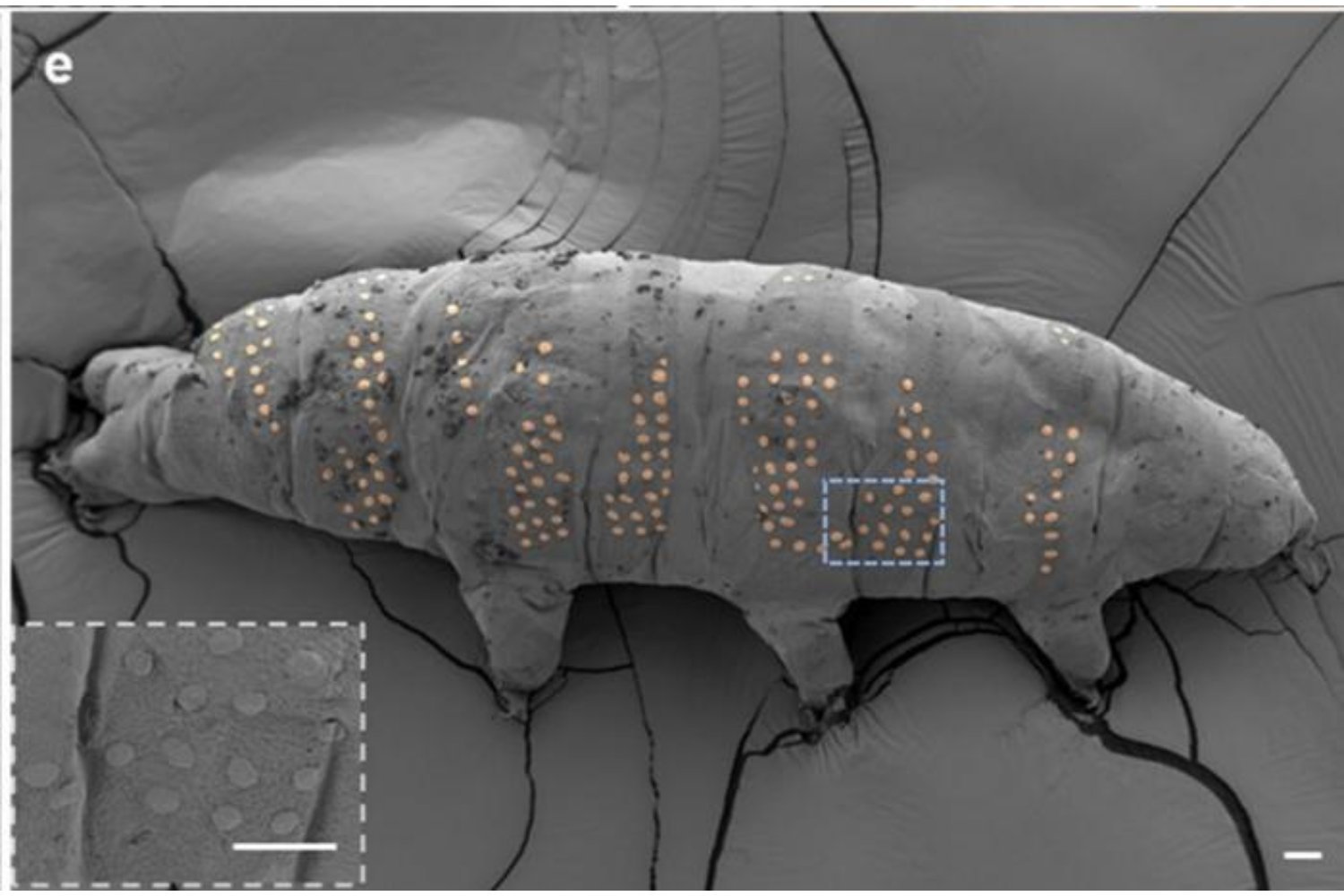Introduction to Microfabrication
Microfabrication is the process of constructing tiny objects, including microscopic and nanoscopic structures and patterns. This field has significant potential in medicine, biomedical engineering, electronics, and photonics. However, to fully exploit its potential, researchers need to develop techniques that are compatible with biological systems. A team of researchers has taken a crucial step towards this goal by exploring the possibility of "tattooing" tardigrades.
The Tardigrade Experiment
To test the techniques necessary for building microscopic biocompatible devices, researchers in China have successfully given tardigrades "tattoos." This innovative approach, detailed in a study published in the journal Nano Letters, could have important implications for the development of living microrobotics, such as microbial cyborgs. The study’s findings may seem unusual, but they could pave the way for significant advancements in the field.
The Resilience of Tardigrades
Tardigrades, also known as water bears, are incredibly resilient creatures. They are eight-legged animals that are about 0.02 inches (0.5 millimeters) long and are virtually indestructible. Their remarkable resistance to starvation, freezing temperatures, radiation, pressure, and the vacuum of space has inspired scientists to investigate whether humans could learn from them. The study’s findings could contribute to a better understanding of these remarkable creatures.
The Tattooing Process
In the study, researchers dehydrated tardigrades to induce a cryptobiotic state, a type of half-dead hibernation. They then placed the tardigrades on surfaces cooled to below -226 degrees Fahrenheit (-143 degrees Celsius) and covered them in anisole, an anise-scented organic compound. Using a focused electron beam, the researchers drew micropatterns on the tardigrades, including squares, lines, dots, and even a university logo. The frozen anisole layer exposed to the beam formed a new chemical compound that adhered to the tardigrade. The team then warmed the tardigrade to room temperature under a vacuum, and the frozen anisole that hadn’t reacted with the electron beam sublimated, leaving behind only the pattern created by the new chemical – the tattoo.
The Outcome and Future Implications
The good news is that the tattoos didn’t seem to impact the revived tardigrades. However, only around 40% of the tardigrades survived, which could improve with further refinement. Nevertheless, the study suggests that researchers could use this method to print microelectronics or sensors onto living tissue. The researchers believe that this approach provides new insights into tardigrades’ resilience and has potential applications in cryopreservation, biomedicine, and astrobiology.
Cryopreservation and Biomimetics
Cryopreservation is the practice of conserving biological matter at very low temperatures. The study’s findings could contribute to the development of new cryopreservation techniques. Biomimetics, which involves imitating nature’s processes in human creations, could also benefit from this research. The integration of micro/nanofabrication techniques with living organisms could catalyze advancements in biosensing, biomimetics, and living microrobotics.
Living Microrobotics
Microrobots are tiny robots that can perform tasks inside an organism’s body, such as delivering medicine and monitoring and treating diseases. Living microrobots, such as microbial cyborgs, are hybrid robots that combine synthetic technology and living cells to achieve more useful features. The study’s findings could pave the way for the development of new living microrobotics technologies.
Expert Opinions
According to Ding Zhao, co-author of the paper and a researcher at the Westlake Institute for Optoelectronics, "Through this technology, we’re not just creating micro-tattoos on tardigrades – we’re extending this capability to various living organisms, including bacteria." Gavin King, a researcher at the University of Missouri’s Department of Physics and Astronomy, who was not involved in the study, said, "It is challenging to pattern living matter. This advance portends a new generation of biomaterial devices and biophysical sensors that were previously only present in science fiction."
Source Link





